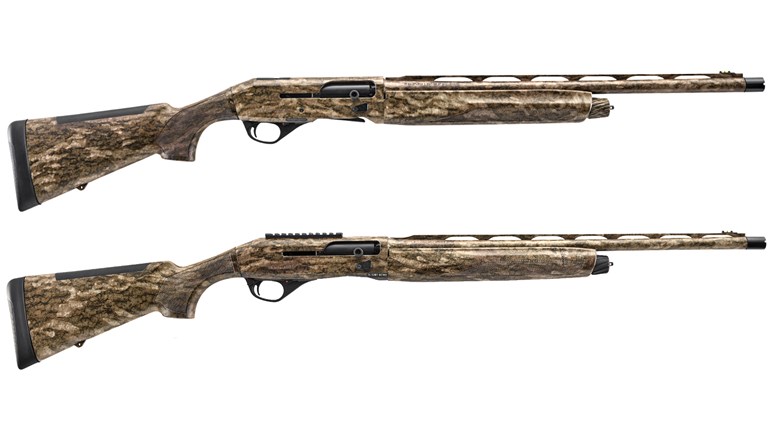
The Problem:
A few days ago, one of the better shooters in your club, who is right handed, came to your monthly training session outfitted with left-handed gear. After a little chiding and questions, more out of curiosity as to why the new get-up, his comment was “it makes you think.” You get it, sort of, but what’s that got to do with improving one’s shooting skills? He’s one of your top shooters and he shoots as well with one hand as the other, which leaves you to wonder if there isn’t a little more to it than just thinking. As a result, you’re left wondering how working from the support side helps one to become a better shooter.
The Solution:
There is a little more to it than mental skill development, but that is often an unrecognized aspect of shooter-performance improvement.
Long ago, I got my first exposure to this concept of shooter improvement as a member of a new-shooter training team honing our skills one summer at the Army Marksmanship Unit in Fort Benning, GA. Unfortunately, I have forgotten the coach’s name to give him proper credit, but at the end of the shooting day he announced that we all would shoot our last 10 shots of the training session left-handed (support side), slow-fire at 50 yards, in the allotted 10-minute time frame.
Every one of us on the line thought he was joking until he reiterated for us to get ready to shoot. I thought to myself, “This is going to be ugly” and went to work when the “commence-fire” command was given. On each shot I concentrated with everything I had, holding the gun as still as I could while keeping my left eye focused on the top of the front sight and gently moving the 4-pound trigger, until the gun fired. I didn’t even look down at the target as I hoped that I just hit paper 10 times—much less the center black or the 10 ring.
The surprise came when we went downrange to score the targets. Not only did I have all hits in the black, I had a score almost as good as what my average was with my right hand. When I asked the coach how this could be possible his comment was, “if you worked as hard shooting right-handed as you did left-handed, you would add points to your score in every match.” Needless to say, this confused the heck out of me because I thought I was giving everything I had to give, right-handed. I continued practicing left-handed to accomplish goals I never thought possible, but I still didn’t fully understand why left-handed practice improved my right-handed shooting.
Years later after studying human vision, biomechanics and the mental aspects of performance in competitive events, the answers started to become apparent—as well as variables that might affect a person’s performance.
From a purely marksmanship perspective, all that’s required to hit a target is to find the body position which affords the best stability of the firearm in relation to the target, be able to maintain maximum visual attention to your sight picture and operate the trigger causing the pistol to fire without adding motion to the gun, which remains stable, but not motionless. While easier said than done, it’s possible. With practice it will become a regular occurrence during your shooting sessions.
Regarding how shooting with the support hand aids in improving a person’s overall shooting skills, the answer is relatively simple, and mostly mental.
Assuming both eyes are somewhat similar in visual acuity, and physical strength is fairly consistent with the upper body on either side, shooter performance should be similar from a physical perspective, even when considering eye dominance and differences in manual dexterity. With the belief that shooting from the support side won’t yield the level of performance equal to what is achievable from the dominant side, a shooter will increase their visual attention to the sight picture and biomechanical attention to the movement of the trigger by way of acute short-term mental focus as the shot is delivered to achieve the best result possible.
This confirms most of us get lazy when shooting in practice and don’t give full focus and concentration to each and every shot, therefore accepting less-than-perfect shots, which becomes our normal. When we are put in a situation outside of our comfort zone—such as shooting from the support side—we tend to marshal every attribute we have to maximum capacity mentally, visually and physically to perform to the best of our ability, especially in a less-than-ideal circumstance.
Once the benefits are realized, the shooter can transfer and capitalize on those attributes when shooting from the dominant side, thereby increasing proficiency and elevating one’s success.
The thought process is more deliberate when shooting from the non-dominant side, which tends to weed out deficiencies as opposed to shooting in our comfort zone, allowing the acceptance of less-than-perfect shots due to less-than-perfect effort. Give it a try. I suspect with the results you achieve, you’ll be glad you did.





































